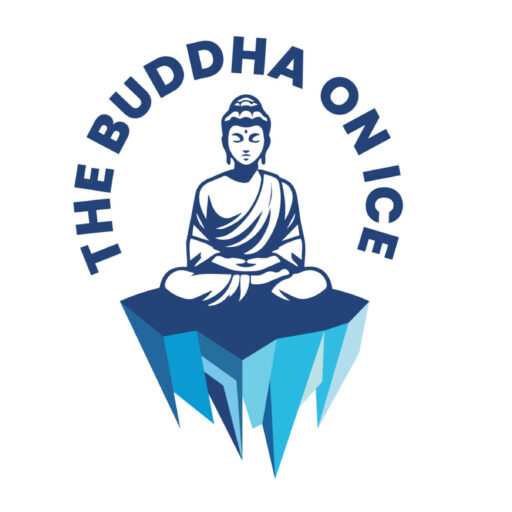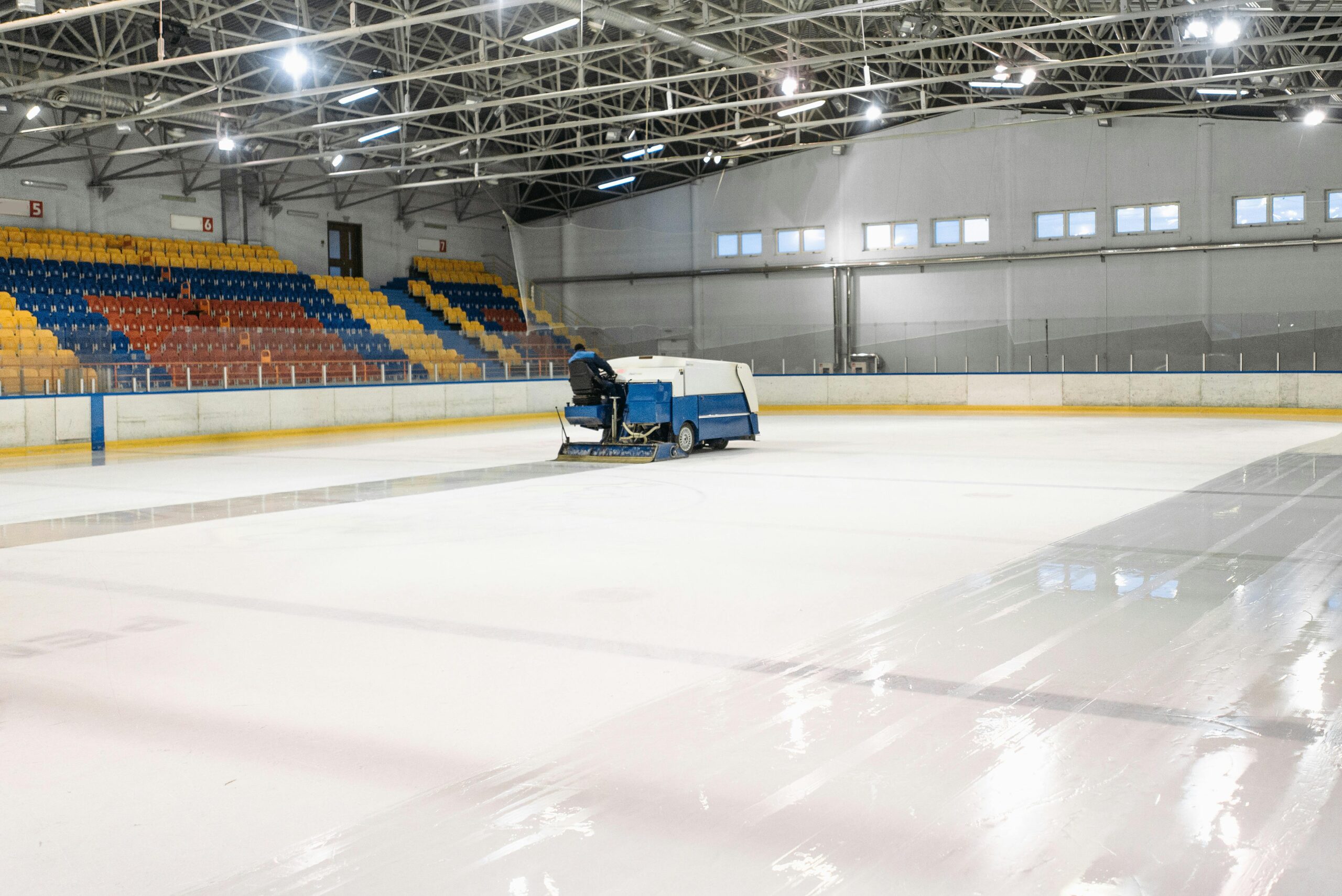A Cloudy Mind and Cloudy Ice
One of the most common misconceptions about meditation is that the end goal is a completely clear mind devoid of all thought. To most people the vision of a Zamboni cleaning the ice and leaving behind a shiny pristine surface is the perfect metaphor for the act of meditation. It’s true that a Zamboni leads to clear ice and meditation can lead to a clear mind. But those aren’t necessarily the end goals. They are the process that leads to the goal. A clean, slick ice surface leads to a high paced, efficient hockey game. A calm, quiet mind can lead to a zen, clear mind free from suffering and potentially enlightenment. The Zamboni is a great metaphor for many Buddhist concepts and practices, but to truly understand why you must look a little more deeply to find the less obvious core concepts.
The Impermanence of the Ice
A Zamboni isn’t run once in the lifetime of a hockey rink. It’s run consistently. Every game we see the Zamboni run up and down the ice at least three times. Once before each period. The need to repeatedly resurface the ice is a metaphor for a core Buddhist concept. Impermanence. The Buddha taught that nothing in life is permanent. Each moment is unique. Holding on to these fleeting experiences causes suffering. Think again about a gleaming ice surface. After twenty minutes of play the ice is scratched, scuffed and no longer pristine.
The effects of the Zamboni aren’t permanent. They’re impermanent. Much like the effects of meditation they don’t last forever! While they’re are some proven long-term effects of meditating it’s important to note that, like the Zamboni, it’s not a “one and done” experience. You must have a regular Zen practice to experience both the short and long term effects. Most importantly, you need to be able to let go of the short term benefits and realize it will take more practice to achieve them again. Like the surface of the ice, the calm clear mind must be polished and repolished and repolished again.
Zen and Equanimity on and off the Ice
Bad ice can lead to a bad game. Hockey is a game of bounces. “Puck luck” is what we call when a bad shot or pass takes just the right path to end up in the back of the net. Many times your opponents unskillful plays can lead to goals with a little bit of puck luck. Just like in life, you can be living skillfully and still be dealt a hand that causes “Sankhara-dukkha” or the suffering of existence.
The Zamboni, and meditation, are the tools we’ve been given to deal with this particular form of suffering. While we can never fully eliminate sankhara-dukkha, or puck luck, we can change how we react to them. By running the Zamboni between periods we reduce the odds of a ridge caused by a skate blade giving the other team a lucky bounce. The ice is more balanced. More neutral. Not perfect, but more receptive to our movements. Meditation does the same thing for your mind. Many Buddhist practitioners believe that meditation is the key to finding equanimity and zen in life. By learning to observe and let go of your thoughts you can achieve a mind, that like a freshly polished ice rink, is more balanced, neutral and receptive to the random bounces of life.
Zen, Zambonis and Other Buddhist Concepts
While we haven’t explored all the ways we can find Zen in the act of cleaning an ice rink with a Zamboni we have found some core Buddhist concepts. Equanimity, sankhara-dukkha, impermanence. If you’re reading this congrats! You’ve found the first post on our blog. This is a small step into a big topic and we hope to expand on more in the future. Please check our archives for more content as we continue to look for the Dharma in modern life.

